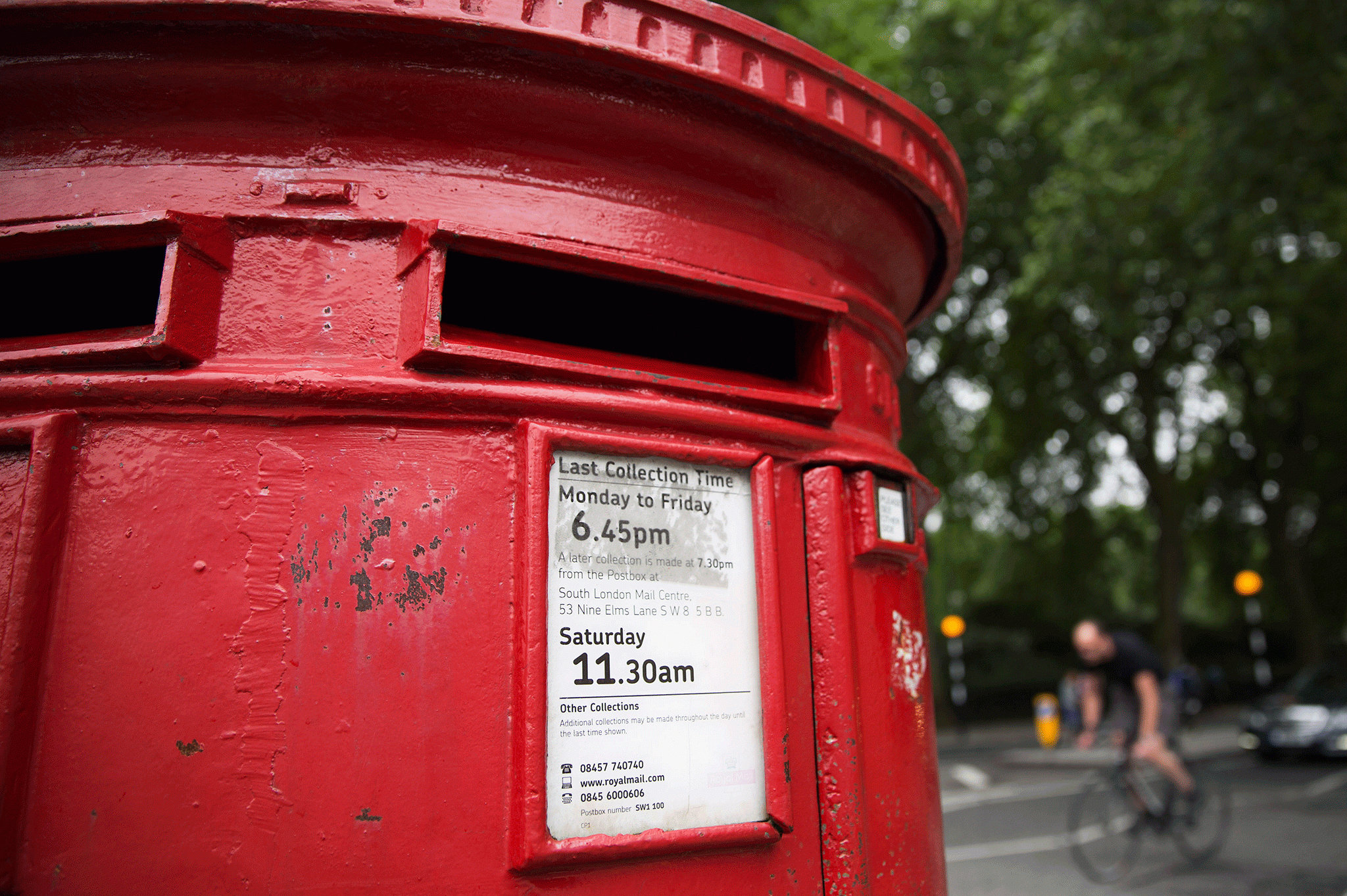Eurovision's Voting System: A Step-by-Step Explanation

Table of Contents
The Two Voting Systems: Jury and Televoting
The Eurovision voting system relies on a dual approach: professional juries and public televoting. Both contribute equally to the final score, creating a fascinating blend of critical assessment and popular opinion. This two-pronged approach aims to provide a fair and representative result, reflecting both expert judgment and the preferences of viewers across Europe.
-
Professional juries in each participating country evaluate the performances based on criteria such as vocal performance, song composition, staging, originality, and overall artistic merit. These juries are made up of five music industry professionals, ensuring a level of expertise in their assessments. Their identities are kept secret until after the voting to prevent external influences and potential bias.
-
Televoting allows viewers in each country to vote for their favourite songs via phone, SMS, and dedicated apps. This element introduces the crucial factor of public opinion, reflecting the songs that resonate most with the general audience. The televote represents a direct and immediate expression of popular preference for each performance.
-
Each system (jury and televote) awards points independently. This means a song could triumph in the televote but still not win the overall competition if it scores poorly with the juries, highlighting the importance of both elements in determining the final winner. This dual system ensures that a broad range of preferences are taken into account in the final score.
How the Jury Votes Work
National juries consist of five music industry professionals whose identities remain confidential until after the voting process concludes. This anonymity is crucial in maintaining the integrity of the Eurovision voting system and minimizing the potential for external influences or lobbying. The aim is to provide a critical and professional evaluation separate from the sometimes unpredictable swings of public opinion.
-
Each jury member awards points from 1 to 8, 10, and 12 to their top ten favourite songs. This point allocation system ensures that the jury's preferences are clearly expressed.
-
These individual scores are then aggregated to create a national jury ranking. This ensures that the collective judgment of the panel is reflected, balancing individual preferences within the jury.
-
The highest-scoring song from the jury receives 12 points, the next highest 10, and so on, mirroring the televoting point allocation system. This creates a consistent and easily understandable system for distributing points.
-
The process aims to provide a balanced and well-considered professional evaluation, adding a layer of expertise to the overall Eurovision voting process.
How the Televote Works
The public vote, or televote, provides a direct expression of popular opinion across Europe. While this element brings a crucial layer of audience engagement, strict safeguards are in place to prevent irregularities and ensure a fair and accurate reflection of viewers’ preferences.
-
Viewers in each participating country vote for their favourite songs during a designated window after the live performances. This allows audiences ample time to cast their votes for their preferred entrants.
-
Votes are meticulously tallied to create a national televoting ranking. This ensures that the collective preferences of the public are accurately reflected.
-
Similar to the jury voting, the top song receives 12 points, the next 10, and so on, maintaining consistency throughout the scoring system. This standardized approach ensures fair and comparable results across all participating countries.
-
Voting is usually open for a specific timeframe after the live performances conclude. This period is carefully managed to ensure a fair and controlled voting environment.
-
Strict rules are in place to prevent voting manipulation from a specific IP address or country, ensuring that votes are genuinely reflective of popular opinion across the participating countries.
Calculating the Final Scores and the Winner
The final scores are a simple yet effective combination of jury and televote points. Each component carries equal weight, emphasizing the balance between professional judgment and public preference. This 50/50 weighting is designed to represent both perspectives equally in determining the final result.
-
The jury scores and televoting scores are combined to produce a final national ranking for each participating country. This aggregation of scores creates a comprehensive ranking reflecting both jury and public preferences.
-
Each country then awards points based on this combined national ranking, further emphasizing the interplay between expert and public opinion. This ensures the final result reflects the collective judgment of both juries and the viewers.
-
The country with the highest overall score is declared the winner. This simple method ensures clarity and fairness in determining the overall champion of the Eurovision Song Contest.
-
In case of a tie, a specific set of rules, pre-defined by the Eurovision organization, is applied to determine the winner.
Non-Qualified Countries and Their Voting Rights
Even countries that haven’t qualified for the Grand Final still participate in the voting process, adding an element of fair play and inclusivity to the system. This ensures that all participating countries have a voice, regardless of their performance in the semi-finals.
-
Countries that do not advance to the final still cast their votes in both the Jury and Televote rankings during the Grand Final. This ensures broader participation and prevents a skewed result.
-
This ensures a more comprehensive and representative voting outcome for the winner, reflecting the opinions of a broader range of participating countries.
Conclusion
The Eurovision voting system, while intricate, ensures a balance between professional critique and public enthusiasm. Understanding the interplay between jury votes and televoting is crucial to appreciating the nuances of the competition. By comprehending the step-by-step process outlined above, you can fully engage with the excitement and drama of the Eurovision Song Contest. So, next year, delve deeper into the intricacies of the Eurovision Voting System and enjoy the competition even more!

Featured Posts
-
 Primarias 2025 18 Recursos De Nulidad Presentados Ante El Cne
May 19, 2025
Primarias 2025 18 Recursos De Nulidad Presentados Ante El Cne
May 19, 2025 -
 Is The Royal Mail Stamp Price Increase Justified Share Your Thoughts
May 19, 2025
Is The Royal Mail Stamp Price Increase Justified Share Your Thoughts
May 19, 2025 -
 Ufc Vegas 106 Analyzing Morales Impressive Victory
May 19, 2025
Ufc Vegas 106 Analyzing Morales Impressive Victory
May 19, 2025 -
 Ai Przewiduje Jak Polska Wypadnie Na Eurowizji 2025
May 19, 2025
Ai Przewiduje Jak Polska Wypadnie Na Eurowizji 2025
May 19, 2025 -
 Jon Almaas Som Bonde Haaland Samarbeidet Og Mer
May 19, 2025
Jon Almaas Som Bonde Haaland Samarbeidet Og Mer
May 19, 2025
